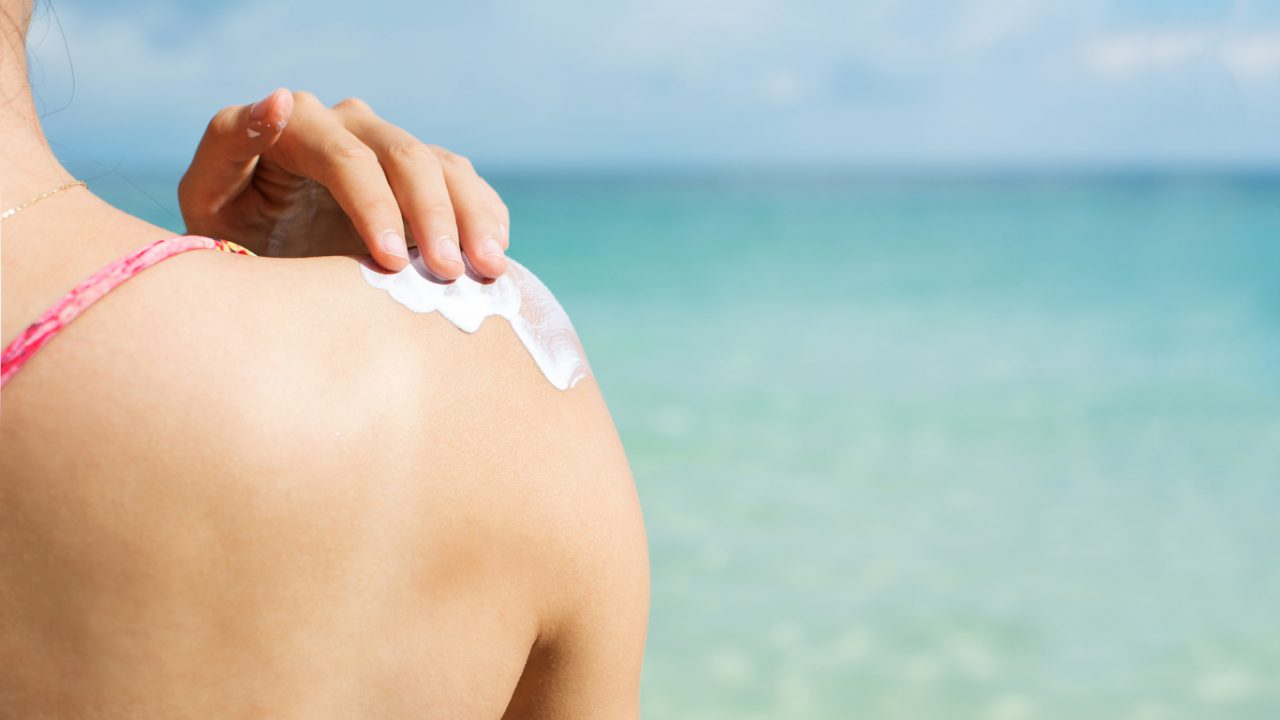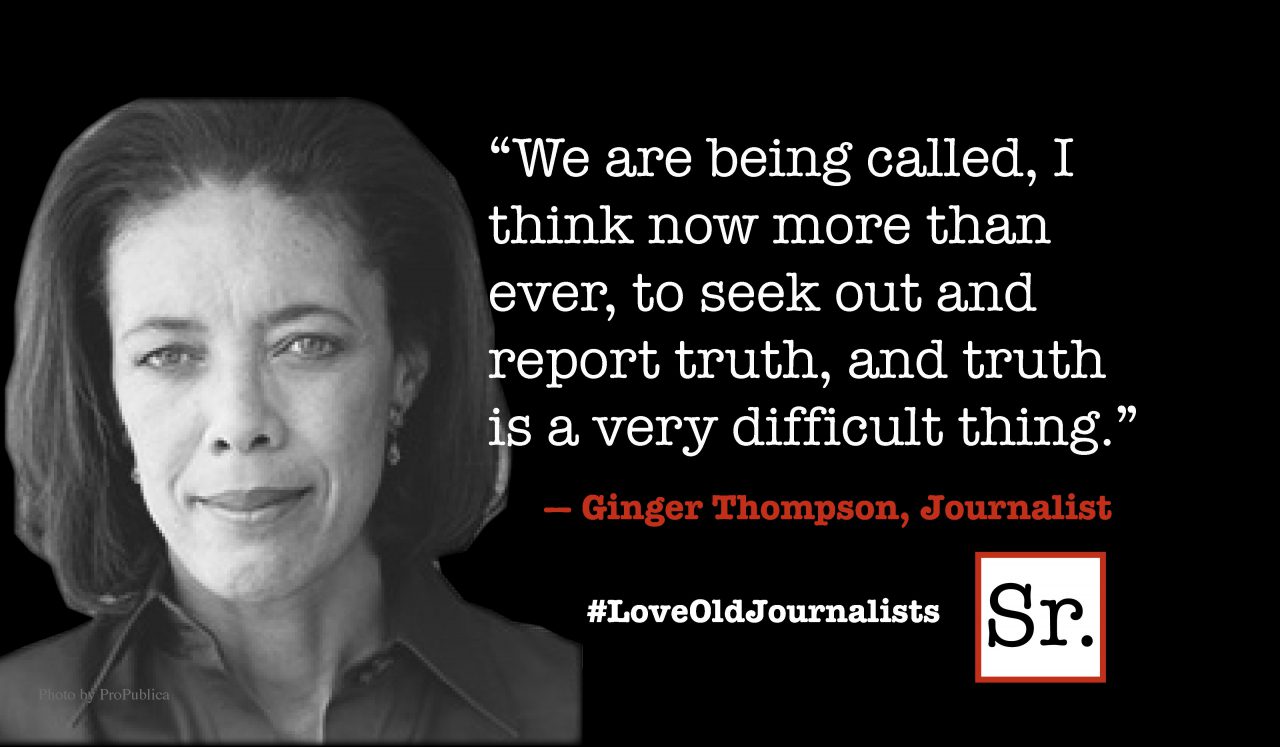Q. I am totally confused about sunscreens. Advice?
First some background on sunscreens.
Sunscreens work to prevent the damage of ultraviolet (UV) rays, an invisible component of sunlight. There are three types of UV rays: UVA, UVB and UVC.
UVA is the most abundant of the three ultraviolet rays at the earth’s surface. These rays penetrate through the outer skin layer. Many of the UVB rays are absorbed by the stratospheric ozone layer, so there aren’t as many of these at the earth’s surface as the UVA rays. UVB rays don’t penetrate as far as UVA rays but are still harmful. UVC radiation is extremely hazardous to skin, but it is completely absorbed by the ozone layer.
Sunburn and suntan are signs of skin damage. Suntans appear after the sun's rays have already killed some cells and damaged others. UV rays do more harm than damaging skin. They can also cause cataracts, wrinkles, age spots, and skin cancer.
Sunscreens are given SPF (Sun Protection Factor) ratings that tell you how well they protect you from damaging rays from the sun. The SPF ratings can be as low as 2 and as high as 100+.
Here’s how the ratings work: If you apply a sunscreen rated at SPF 2, you will double the time it takes for your skin to burn. A sunscreen rated at SPF 15 will multiply the burning time by 15.
The SPF number indicates the screening ability for UVB rays only. Research is being to done to establish a system to measure UVA protection.
There is a point of diminishing returns with sunscreens. Here’s how it goes:
- A sunscreen with an SPF of 2 screens 50 percent of UVB rays.
- A sunscreen with an SPF of 15 screens 93 percent of UVB rays.
- A sunscreen with an SPF of 30 screens 97 percent of UVB rays.
- A sunscreen with an SPF of 50 blocks 98 percent of UVB rays.
- A sunscreen with an SPF of 100 blocks 99 percent of UVB rays.
Not applying enough sunscreen can seriously reduce your protection. You should use an ounce — about a palmful — on your body to gain the full protection indicated by the SPF on the product. Also, dermatologists advise reapplication every two hours or after swimming or sweating.
Under FDA regulations, sunscreen labels must include the following information:
- Broad Spectrum designation. Sunscreens that pass FDA's broad spectrum test procedure, which measures a product's ultraviolet A (UVA) protection relative to its ultraviolet B (UVB) protection, may be labeled as "Broad Spectrum SPF [value]" on the front label. For Broad Spectrum sunscreens, SPF values also indicate the amount or magnitude of overall protection. Broad Spectrum SPF products with SPF values higher than 15 provide greater protection and may claim additional uses, as described in the next paragraph.
- Use claims. Only Broad Spectrum sunscreens with an SPF value of 15 or higher can claim to reduce the risk of skin cancer and early skin aging if used as directed with other sun protection measures. Non-Broad Spectrum sunscreens and Broad Spectrum sunscreens with an SPF value between 2 and 14 can only claim to help prevent sunburn.
- "Waterproof," "sweatproof" or "sunblock" claims. Manufacturers cannot label sunscreens as "waterproof" or "sweatproof," or identify their products as "sunblocks," because these claims overstate their effectiveness. Sunscreens also cannot claim to provide sun protection for more than 2 hours without reapplication or to provide protection immediately after application (for example — "instant protection") without submitting data to support these claims and obtaining FDA approval.
- Water resistance claims. Water resistance claims on the front label must indicate whether the sunscreen remains effective for 40 minutes or 80 minutes while swimming or sweating, based on standard testing. Sunscreens that are not water resistant must include a direction instructing consumers to use a water resistant sunscreen if swimming or sweating.
Drug Facts. All sunscreens must include standard "Drug Facts" information on the back and/or side of the container.
To reduce your risk of skin cancer and early skin aging, the American Academy of Dermatology recommends everyone choose a sunscreen that states the following on the label: broad spectrum, SPF 30 or higher, and water resistant.









